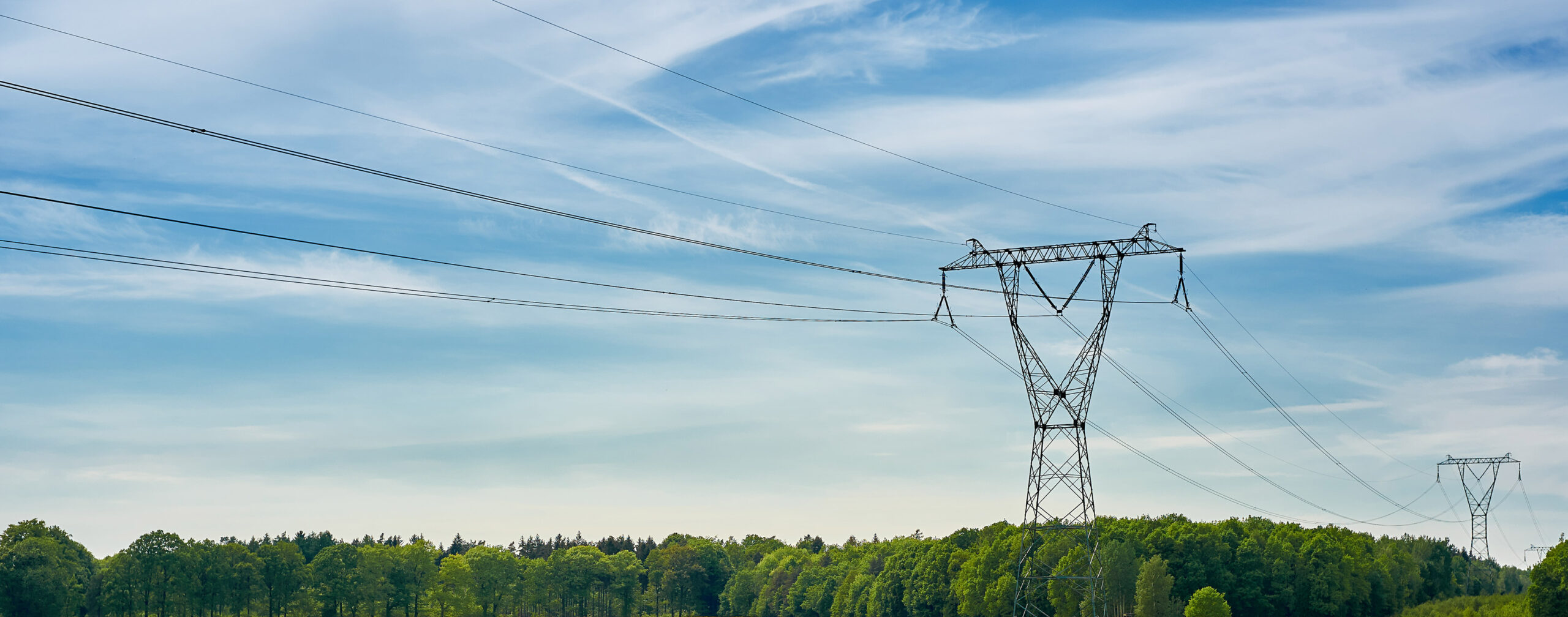Are Water Heaters Smart Grid Solutions in Disguise?
Don’t think about the electric line running to your water heater.
In the day to day lives we all live, there is no time to think of that. Hot water simply must be there when we need it, that’s it.

Electric grids across the country are in the process of a radical transformation. As renewable energy, often distributed rather than in a single location, produces more and more power, electric grids must adjust. Electric grids have been, for generations, built and maintained to fulfill the simple task of getting electricity from point A (the power plant) to point B (you!). Electricity generation was built in large, central locations to increase output when demand grew and decrease output when demand shrunk. It was complicated, but it was straightforward enough. Now, we are confronted with the necessary transition to intermittent renewable energy and the old electric grid formulas must be adjusted to fit the electric grid’s new reality.
The electric grid’s new reality calls for a rapid deployment of resources that can store energy. Our need for electricity does not mirror the intermittent pattern of output from renewable energy. As intermittent renewable energy is deployed, the need to store electricity produced when the sun is shining and the wind is blowing grows. This need can be met by a variety of technologies including batteries, flywheels, even freezing and thawing ice in industrial refrigerators. And, yes, water heaters.
I want to invite you to think about your water heater. Apart from maintaining hot water for our use, water heater electricity demand can be managed and modified to fit the needs of the electric grid. Water heaters, in basements and closets by the millions across the country, have great potential to provide community energy storage. A large fleet of connected water heaters can be a big contributor to a cleaner and smarter electric grid by quickly shifting the electricity demand by each water heater according to the needs of the grid and usage pattern of the tenant.
How do we know this?
Mosaic is operating a Water Heater Efficiency Network (“WHEN”) that manages electricity demand by nearly 7,000 water heaters from the Eastern Shore of Maryland across the Appalachian Mountains to Central Ohio. WHEN is scattered in small in large multi-family properties across the region. Mosaic manages water heater electricity demand by the minute as a part of the Frequency Regulation Market on the PJM Grid. WHEN is a strong piece of smoothing the fluctuations in supply and demand across the Mid-Atlantic for a more reliable grid. The best part is that Mosaic develops an individual usage pattern for each water heater with predictive analytics to make sure that our demand management maintains plenty of hot water for tenant use.

Yes, water heaters can be managed to keep hot water available for you;
Yes, water heaters can operate in real world markets;
Yes, water heaters can be connected by the thousands for a more reliable grid;
Yes, water heaters can operate in frequency regulation markets;
Yes, water heaters can help shave peak demand hours;
Yes, water heaters can help utilize intermittent renewable energy;
Yes, water heaters can be connected in affordable housing;
Yes, water heaters can be a big piece of the grid solutions pie;
Yes, water heaters can be connected without major changes;
Yes, water heaters can be brought into a smarter grid right now.
Mosaic knows that water heaters are far from the single solution for a modernized electric grid. Mosaic also knows that modernizing our grid isn’t a single step, but rather takes a multitude of effective solutions.
There is no silver bullet to modernizing the grid, but Mosaic is proud to utilize water heaters to be a part of the buckshot of solutions.

